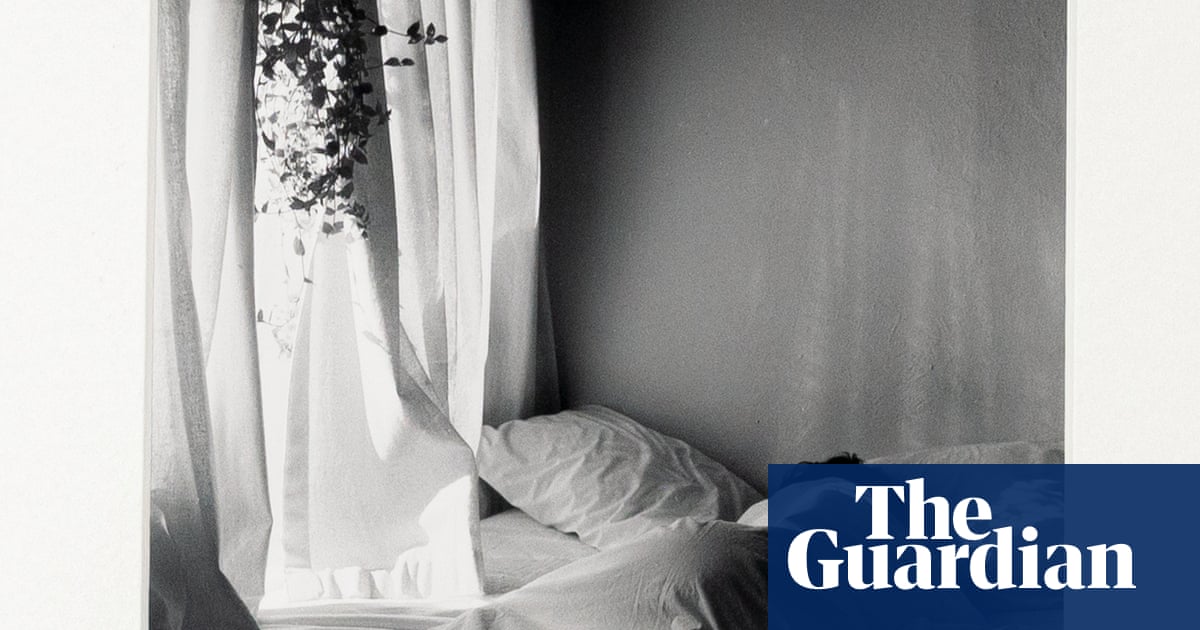It is not an accident that the image here, Another Morning, suggests intimacy; I was in a state of longing for just such intimacy when I made the photograph. Yet the figure was not someone I knew well. She was a guest in a house where I had lived only briefly in West Oakland, California. I’d come to live there after the abrupt collapse of my marriage. I noticed the beautiful light that flowed from a window and touched the sleeper covered only by a white sheet. I captured the moment, and it came to join several photographs I had made over the years of sleeping figures, of my daughter, my sister, my husband sleeping in our hotel room in Merida, Mexico – even sleeping dogs, with limbs entwined. I work towards an idea across a number of images, often over several years.
A goal of mine as a photographer has been to find ways to avoid the intrusive aspects of photography. Rather than going out into the world to capture public events, I came to prefer photographing family and people I knew, close to home, since there I could have a legitimate expectation my subjects might not mind being photographed. A sleeping figure doesn’t pose or become self-conscious. It’s as natural as you can be in front of a camera. But it is an intimate thing to photograph someone when they are sleeping – there is no opportunity to obtain consent. Photographers have great potential for being obnoxious. I am always delighted when an image reads with some of the intimacy of feelings that I wanted them to carry. But I didn’t have a complicated idea when I made this photograph – I was following my objective of recording things that were close to me. I’ve always thought of myself as an autobiographer more than as a reporter.
My attraction to photography began early, visiting exhibitions with my parents as a young girl growing up in Los Angeles. I saw the work ofDorothea Lange, and we visitedEdward Steichen’s famous exhibition, The Family of Man– a postwar exhibition based on the notion that wars could be prevented if the whole of humanity felt more like a family. Generally, I was not often out on the streets making pictures in what might be called a “documentary style”; my term “intimate documentary” came about because I needed a phrase that contradicted the supposition that “documentary photographs” are objective and impersonal.
In 1973 – coincidentally, the year ofRoe v Wade– I made a work that represented my miscarriage, a piece calledJournal 1973. Miscarriage is a subject very rarely represented in art. I showed the work at the San Francisco Art Institute, and it was very well received. Soon after, when I was in New York, I boldly made the decision to show it to curators at MoMA. The reception was rather horrible – one curator slammed the portfolio box closed and said: “Ew!” I was shaken; I thought I might never show it to anyone again, and put it away. The images were only published many years later after a colleague at the University of Michigan encouraged me to publish them in the Michigan Quarterly Review.
I wasn’t much of a feminist in any way I could articulate at the time, but the feminist movement came to me and embraced me – the work I’d made meant a tremendous amount to feminists I met. The feminist movement in those early years was much stronger on the west coast where I was living, than on the east coast. Feminists in the arts gave me a greater understanding of what I was doing.
Under a grant from the National Endowment for the Arts, I joined three other photographers documenting “technology in American lives”. I made photographs of home interiors and appliances as my contribution to our project – representing the world from a female perspective. At the time I made them, I didn’t think many of my home interiors pictures were very interesting – but as the years have gone by they’ve become much appreciated and entered significant collections – includingMoMA.
“Best shots” are an idea I associate with photojournalism – the capturing of something newsworthy, and at the same time, done with high skill. The intimacy of Another Morning stands somewhat in contrast to the idea of abestshot – it’s a quiet picture rather than a spectacular image, but it’s what I prefer.
Born:California, 1940.Trained:BA (1962) from University of California, Berkeley – “I took a few photography classes not long after I graduated.”Influences:“Dorothea Lange; artistsKäthe Kollwitzand Mary Cassatt; my parents, who conveyed a love of art and music, and my twin sister, Eleanor Rubin – also an artist – who continued her work when she had three small children. Many people told me motherhood would make being an artist impossible: Elly gave me confidence I could continue.”High point:“I was the official photographer to the American Winter Olympics team, 1972; my inclusion in the photo-exhibition and book,Vision and Expression (1969), and later, inclusion of my work inInteriors, at MoMA, 2022.”Low point:“I once was hired to photograph a wedding but, developing the film, made a mistake that ruined some of what I (of course) thought were among the best photographs.”Top tip:“I often spent hours preparing fruitless applications for grants that I thought would be validating and financially helpful. I would urge younger photographers to push on as best they can through disappointments. Ultimately, I’ve had plenty of ‘rewards’ though there were certainly daunting moments too.”
Joanne Leonard is in conversation at Hackelbury Fine Art on 6 June as part ofLondon Gallery Weekend. Joanne Leonard: Vintage Photographs and Early Collages is atHackelbury, London, until 8 July.
